DACF Home → Bureaus & Programs → Maine Natural Areas Program → Ecological Reserves → Duck Lake
(Printer Friendly Version-42 KB pdf) (Download a free copy of Adobe Acrobat Reader)
Duck Lake
T41 MD BPP, T42 MD BPP
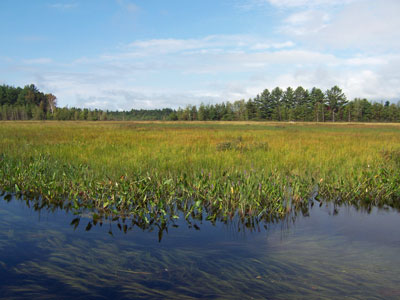
Vital Statistics
- Size: 6,816 acres
- Regulated: 2,433 acres
- Non-Regulated: 4,383 acres
- Upland: 4,660 acres
- Forested Wetland (NWI): 1,020 acres
- Non-Forested Wetland: 1,136 acres
- OOpen Water: 30 acres (not including ~1,000 acre Fifth Machias Lake)
- Roads: 0.5 miles
- Biophysical Region: Eastern Coastal
- BPL Region: East
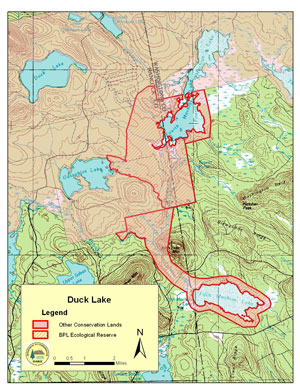
(Download a Printer Friendly Version-505 KB pdf-of this map.)
Exemplary Natural Communities
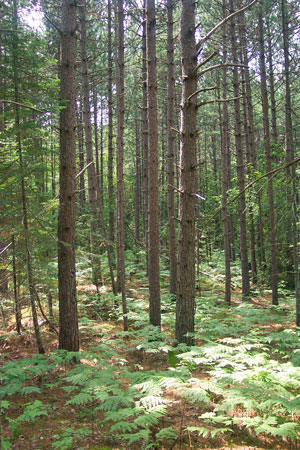
Rare Plants
There are no documented occurrences of rare plants within this Ecoreserve.
Rare Animals
There are no documented occurrences of rare animals within this Ecoreserve.< For more information on rare animals in Maine, visit the Maine Department of Inland Fisheries and Wildlife.
Description
The Duck Lake ecological reserve lies on the southeast corner of the Duck Lake Unit, with frontage on both Gassabias Lake and Fourth Machias Lake and encompassing Fifth Machias Lake. It contains a mosaic of low-elevation forests with varying history of natural and human disturbance. About half of the Duck Lake Unit burned in a series of fires in the late 1930s, mid 1940s, and 1960. The vegetation of the ecological reserve reflects that burn history; over 500 acres are typed as burn-origin or aspen-dominated, and another 900+ acres are in white pine or red pine, according to BPL stand type maps. One such red pine-white pine stand, east of Gassabias Lake, supports trees 150 to 200 years old. Another similar stand east of Fifth Lake Stream supports trees 55 to 60 years old with fire scars.
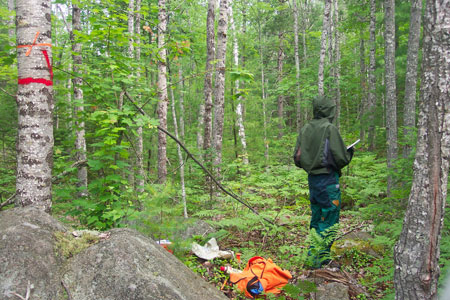
The reserve also contains over 1,200 acres of wetlands, including forested peatlands with spruce, larch, and cedar, and open peatlands dominated by graminoid vegetation. One forested wetland east of Gassabias Lake shows no signs of past harvesting and has abundant dead wood on the forest floor.
One un-maintained snowmobile trail runs through a black spruce bog east of Gassabias Lake, and another traverses the top of an esker east of Fifth Lake Stream.
Resources
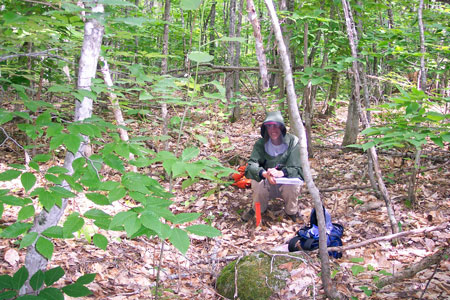
- Duck Lake Management Unit-Management Plan. 1989. Bureau of Public Lands, Department of Conservation, Augusta, Maine. 41 pp.